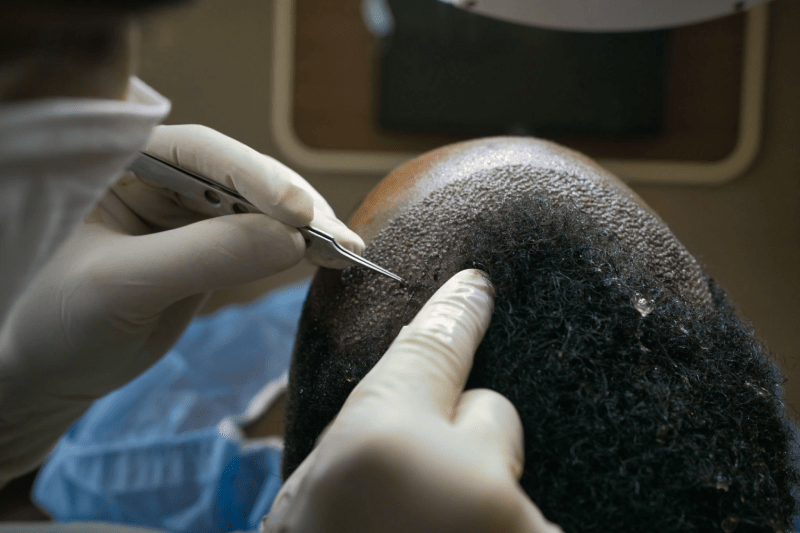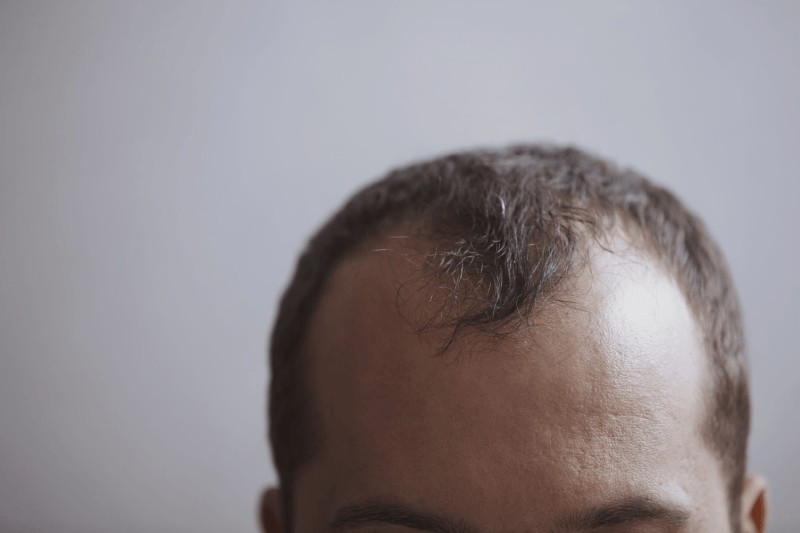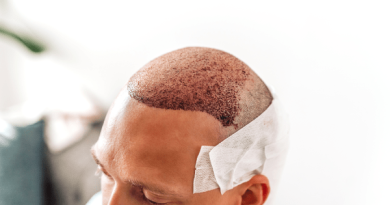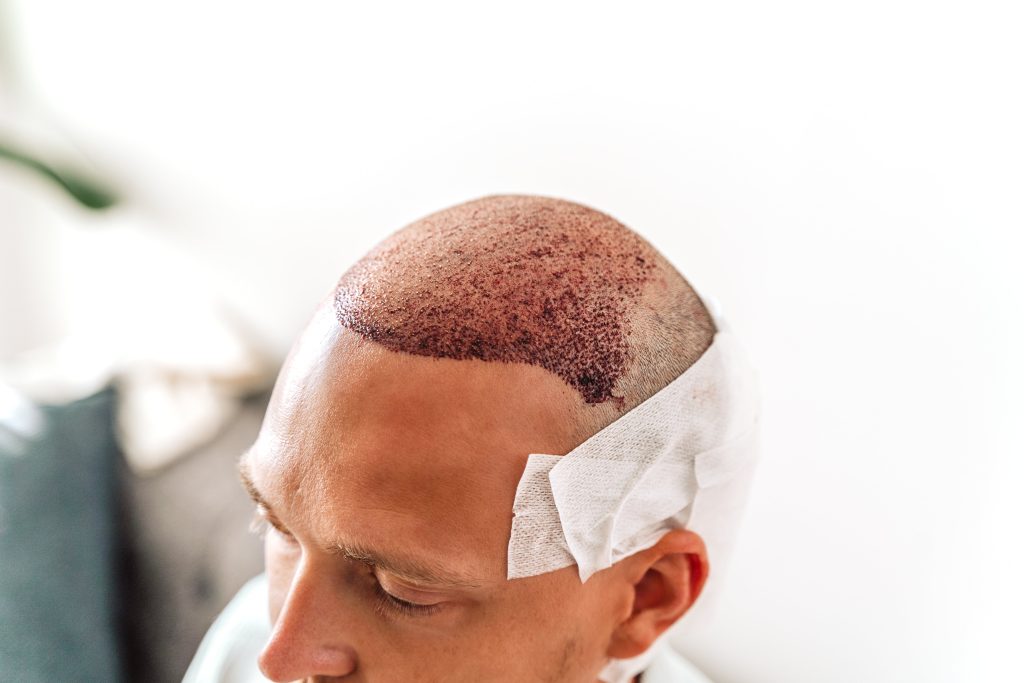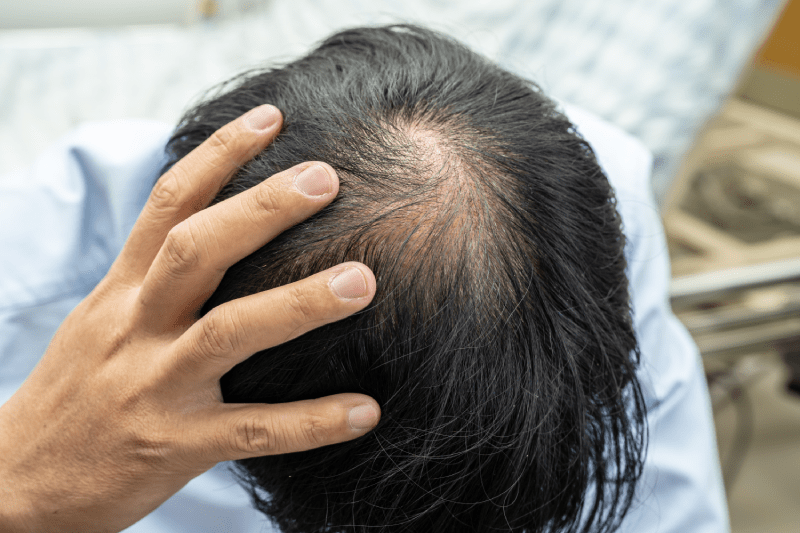What is the Difference Between DHI and FUE Hair Transplant
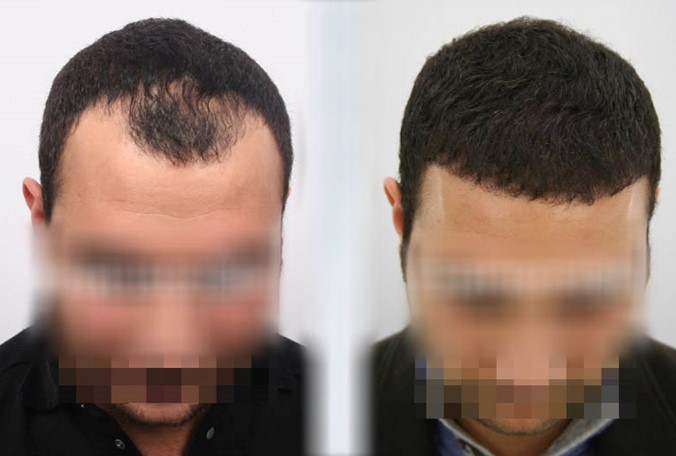
FUE (follicular unit extraction) and DHI (direct hair implantation) are two of the most popular modern hair transplant techniques. Both aim to restore hair loss by transplanting healthy follicles from one area to another on the scalp.
FUE is a minimally invasive procedure in which individual follicles are extracted from donor areas of the scalp, typically at the back or sides, and then transplanted into the thinning or balding areas. It is a relatively low-risk procedure with minimal scarring and recovery time.
DHI is similar to FUE but has some key differences. Instead of extracting individual follicles, DHI uses a device called a Choi Implanter Pen, which extracts clusters of 1-4 hairs at once and then implants them into the recipient site. This technique allows for greater accuracy and precision when placing each follicle, making it an ideal choice for people with more advanced cases of baldness or thinning. Additionally, this method requires less recovery time than FUE because it does not involve cutting or stitches, only small puncture holes that heal quickly.
To summarize, both FUE and DHI hair transplants can be effective solutions for restoring thinning or balding areas on the scalp. However, DHI may be better suited for those with more advanced cases of baldness as it offers greater precision when implanting each follicle.
If you are considering a hair transplant, write to us to get a free treatment plan and the best price.
